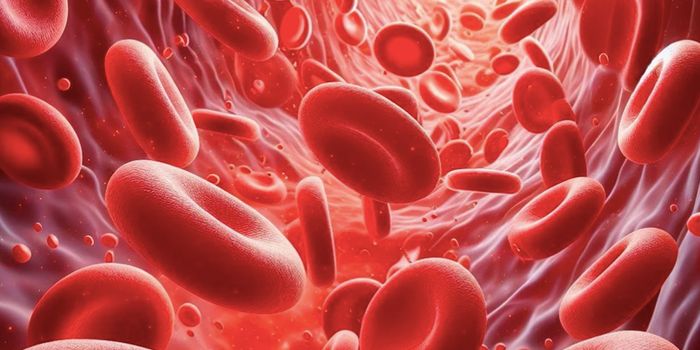Understanding Why Redheads Perceive Pain Differently
People with red hair, as well as some animals that have red fur, carry specific variations of a gene called melanocortin 1 receptor (MC1R) that reduce its function. The cells of the skin that make pigment, which are called melanocytes, express that gene; the MC1R protein is a receptor that sits on the surfaces of those melanocytes. Hormones that circulate in the body called melanocortins can attach to MC1R, which activates it, and causes the melanocyte to switch from making a yellow/red melanin pigment to making a brown/black melanin pigment.
One consequence of reduced MC1R activity in people with red hair is that they cannot darken their skin. Scientists that were behind that finding have now learned more about why pain sensitivity is altered in some people with red hair (they seem to be more sensitive to some types of pain, but may also require more anesthesia). Reporting in Science Advances, the researchers assessed a strain of mice that were altered to lack a functional melanocortin 1 receptor. These mice have higher pain thresholds.
In these red-haired mice with reduced MC1R activity, the animals released lower levels of a molecule called proopiomelanocortin (POMC). This molecule is involved in pain sensation; it gets cleaved into parts, which ultimately help maintain a balance between the opioid receptors that blunt pain and melanocortin 4 receptors (MC4R), which act to enhance pain perception. Additional molecules play various roles in pain perception, but the overall effect in this case seems to be that reductions in melanocyte-related hormones can increase opioid signaling, raising the threshold for pain.
"These findings describe the mechanistic basis behind earlier evidence suggesting varied pain thresholds in different pigmentation backgrounds. Understanding this mechanism provides validation of this earlier evidence and a valuable recognition for medical personnel when caring for patients whose pain sensitivities may vary," said David E. Fisher, M.D., Ph.D., director of the Massachusetts General Cancer Center's Melanoma Program.
This research may help scientists develop new approaches for treating pain, potentially by manipulating MC4R, which is related to pain sensation.
"Our ongoing work is focused on elucidating how additional skin-derived signals regulate pain and opioid signaling," added co-lead study author Lajos V. Kemény, M.D., Ph.D., a research fellow in Dermatology at Massachusetts General Hospital. "Understanding these pathways in depth may lead to the identification of novel pain-modulating strategies."
Sources: AAAS/Eurekalert! via Massachusetts General Hospital, Science Advances









